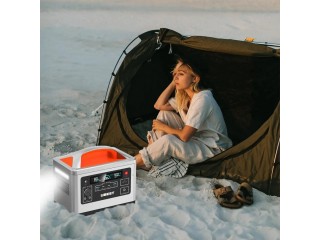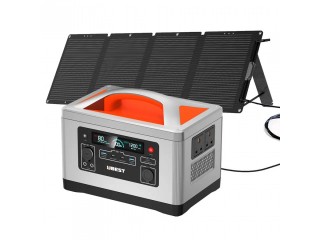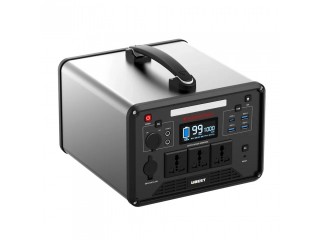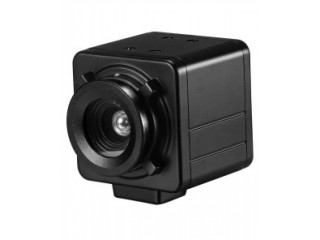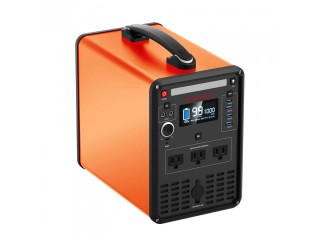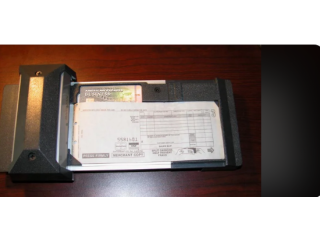How to choose the right brushcutter for your needs? Professional
2 years ago - Multimedia - Bayside - 125 viewsHow to choose the right brushcutter for your needs?
Whether you are an amateur or a professional who loves gardening and landscaping, getting the right tools for your needs often becomes a challenge. Brush cutters are versatile tools for lawn cutting and trimming of shrubs and weeds. These days, as a buyer one can get overwhelmed by the sheer variety of options available these days. To make matters worse, there is an information onslaught by advertisers. It only adds to the clutter. Let's find out how to get the right brushcutter for your needs.
Brush cutters are available in the following variants:
a)Handheld brush cutters
b) Walk-behind brush cutters
c) Tow-behind brush cutters
When it comes to cutting a small patch of vegetative growth or trimming dense bushes, electric brush cutter are the tools to fall back on.
Hand held brush cutters:These brush cutters have function in a fashion similar to string cutters but have relatively more power and have more powerful engines than their string cutter counterparts. For thick grass and overgrown weeds,bushes, handheld brush cutters are ideal. These brush cutters are available in 2 cycle and 4 cycle engines as well.
Walk-behind brush cutters: Brush mowers are also known as walk-behind brush cutters and are the perfect choice for projects of areas of overgrown vegetation. If you want to tend to areas which do not require frequent maintenance, a walk-behind brush cutter is ideal for cutting and trimming.
Tow- behind brush cutters:If you have a bigger field to cut, tow-behind brush cutters are appropriate as they can be attached to a garden tractor or ATV. They are easy to use and effective in cutting thicker bushes and weeds.
Let’s look at some of the gasoline brush cutter accessories and attachments:
For cutting various types of vegetation, different types of brush cutting blades should be used.
For grass and weeds, brush cutters with blades having 8 or lesser teeth are ideal.
For thick weeds and shrubs, brush cutters with blades having 9-40 teeth are effective.
For cutting small trees and saplings, brush cutting blades with more than 40 teeth are recommended.
Brush knives or triblades are designed to cut through reeds and shrubs.


